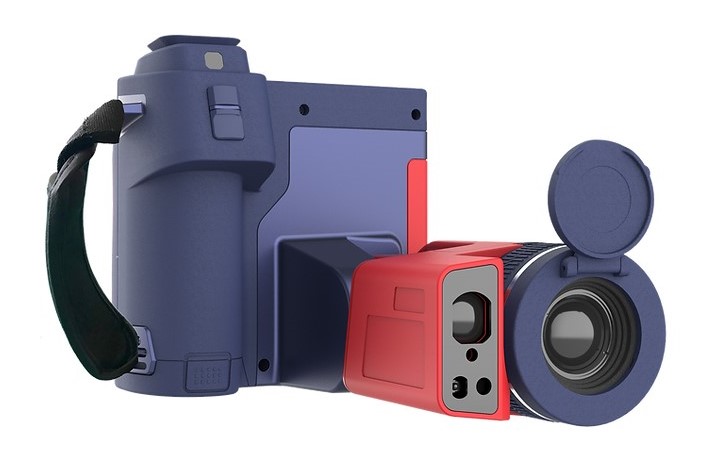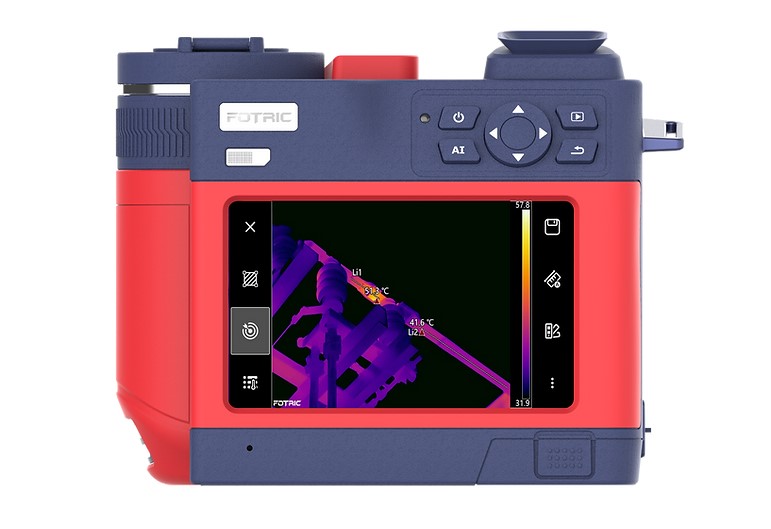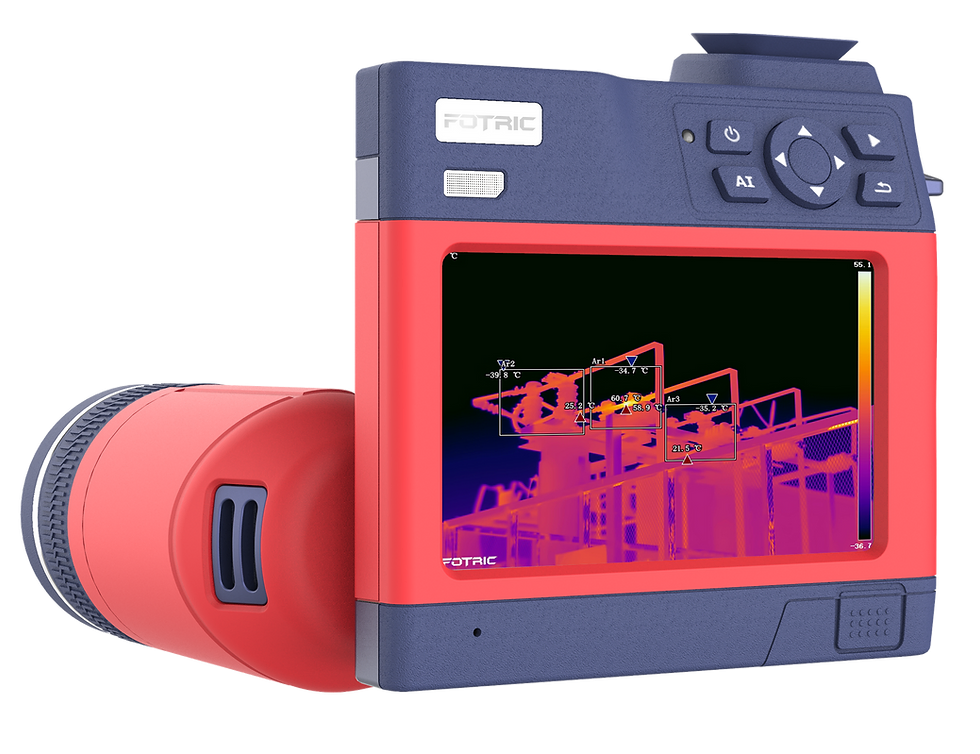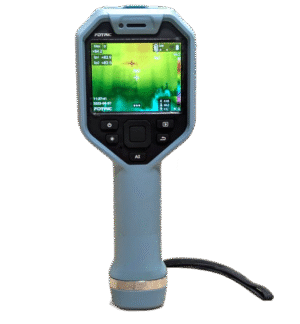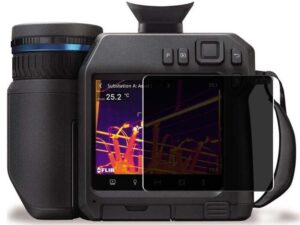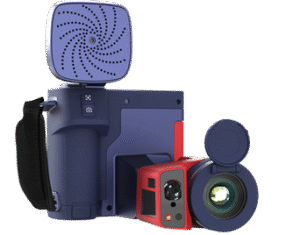The FOTRIC P-series is a line of high-performance thermal imaging cameras designed for professional use in a variety of industries, including predictive maintenance, power condition monitoring, and system reliability diagnostic . These cameras are known for their exceptional image quality, precision temperature measurement, and advanced features.
Here are some of the key features of the FOTRIC P-series cameras:
- Up to 1280 x 1024 IR resolution: This is the highest resolution available in FOTRIC’s handheld camera range, providing superior image clarity and detail.
- < 1°C image uniformity and < 30mk thermal sensitivity: These specifications ensure accurate temperature measurements across the entire image, even for small temperature differences.
- Dual-view lens (optional): This eliminates the need to carry and change lenses, saving time and space.
- Laser area measurement function: This allows you to quickly and easily measure the size of areas in your thermal images.
- On-device analysis power: The camera has built-in tools for analyzing thermal images, such as isotherms, spot meters, and area measurements.
- Compatibility with advanced software: The P-series cameras are compatible with FOTRIC’s NaviPdM and IRExplorer software, which provide a wide range of features for image analysis, reporting, and data management.
The P-series cameras are available in a variety of models with different IR resolutions, field of views, and lens options. The following table provides a comparison of some of the most popular models:
Model | IR Resolution | Field of View |
P9 | 1280 x 1024 | 25° x 20° |
P8 | 1024 x 768 | 25° x 19° |
P7 | 640 x 480 | 25° x 19° |
P6 | 480 x 360 | 25° x 19° |
P5 | 384 x 288 | 25° x 19° |
P4 | 320 x 240 | 25° x 19° |
- Predictive maintenance: Identifying potential problems with equipment before they occur, helping to prevent costly downtime.
- Power condition monitoring: Inspecting electrical components for overheating and other signs of potential failure.
- System reliability diagnostic: Troubleshooting problems with complex systems and ensuring that they are operating efficiently.
- Building and roof inspection: Identifying leaks, moisture intrusion, and insulation deficiencies.
- HVAC inspection: Identifying duct leaks, blockages, and inefficiencies.
- Oil and gas inspection: Identifying leaks, corrosion, and other potential problems.

